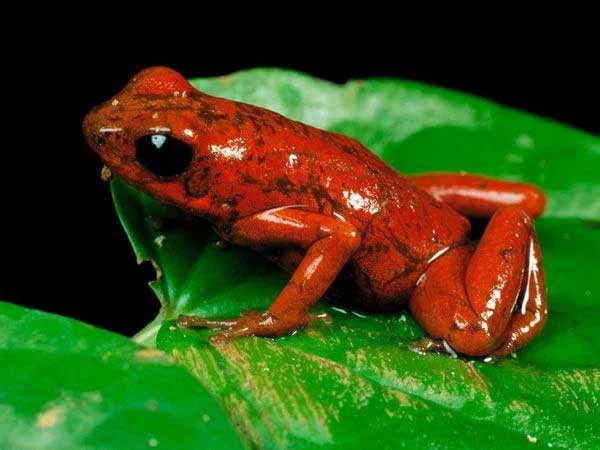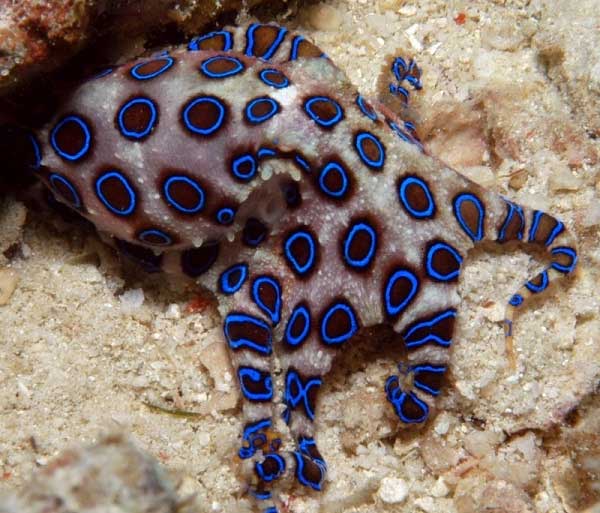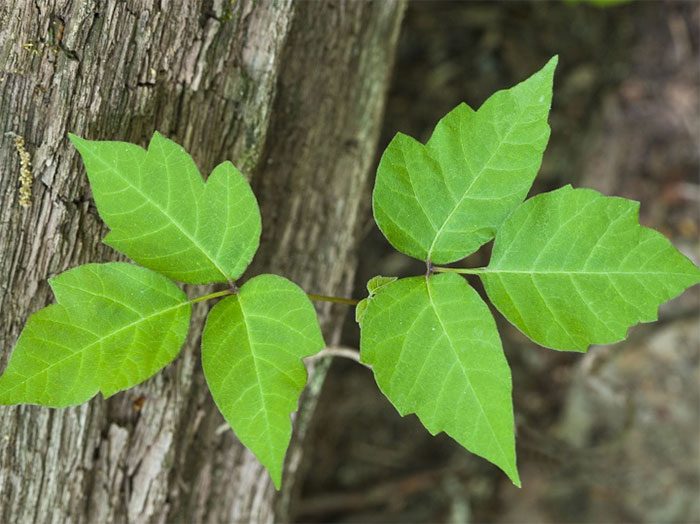This article will not delve into analyzing the content of Britney Spears’ “Toxic” or Bell Biv DeVoe’s “Poison,” although their titles may seem quite relevant to the topic. What this article provides will give you some interesting insights into toxins and venom in nature, while also helping you win debates on social media. Because the truth is: Toxins and venom are not the same.
Toxins or Venom?
Poisonous organisms and venomous organisms are both bad news, as both are associated with substances that can harm humans. However, the difference lies in how these harmful substances are produced and absorbed.
Toxins are considered passive, meaning: You have to come into contact with them through actions like biting, chewing, grasping, or touching these organisms for them to cause you harm. In natural conditions, if you do not actively come into contact or “mess with” them, they can be said to be completely harmless (at least until you touch them).

Venom is commonly found in various types of snakes. It operates based on the host’s mechanism, meaning the venomous organism must bite or sting you for the toxin to enter your body.
The Difference Lies in How Toxins and Venom Are Produced and Absorbed!
Some species of frogs secrete toxins on their skin to defend against their enemies, so when you touch or lick this toxin, you will immediately be poisoned. Additionally, pufferfish are also a prime example of poisoning, especially when consumed; this toxin can lead to death. Poisonous mushrooms are similar; they will not affect you unless you accidentally or curiously decide to taste them.

Blue-ringed octopus; just touching it will injure you immediately.
In contrast to passive toxins, venom found in rattlesnakes is stored in their fangs and is injected into the body of their prey through bites. Another surprising fact is about the platypus, this adorable creature also possesses venom, particularly in the ankle spurs of male platypuses, which they use to attack other predators. Furthermore, some organisms possess both toxins and venom, such as the blue-ringed octopus; just touching it will injure you immediately, but if you attempt to eat it, you might pay with your life.

Plants can also contain both toxins and venom.
Not only animals but plants can also contain both toxins and venom. Poison ivy, true to its name, will seep its toxin into the body of its victim just by touching its leaves. Similarly, stinging nettles have toxins all over their spines. Anyone who accidentally touches them will surely regret it.



















































